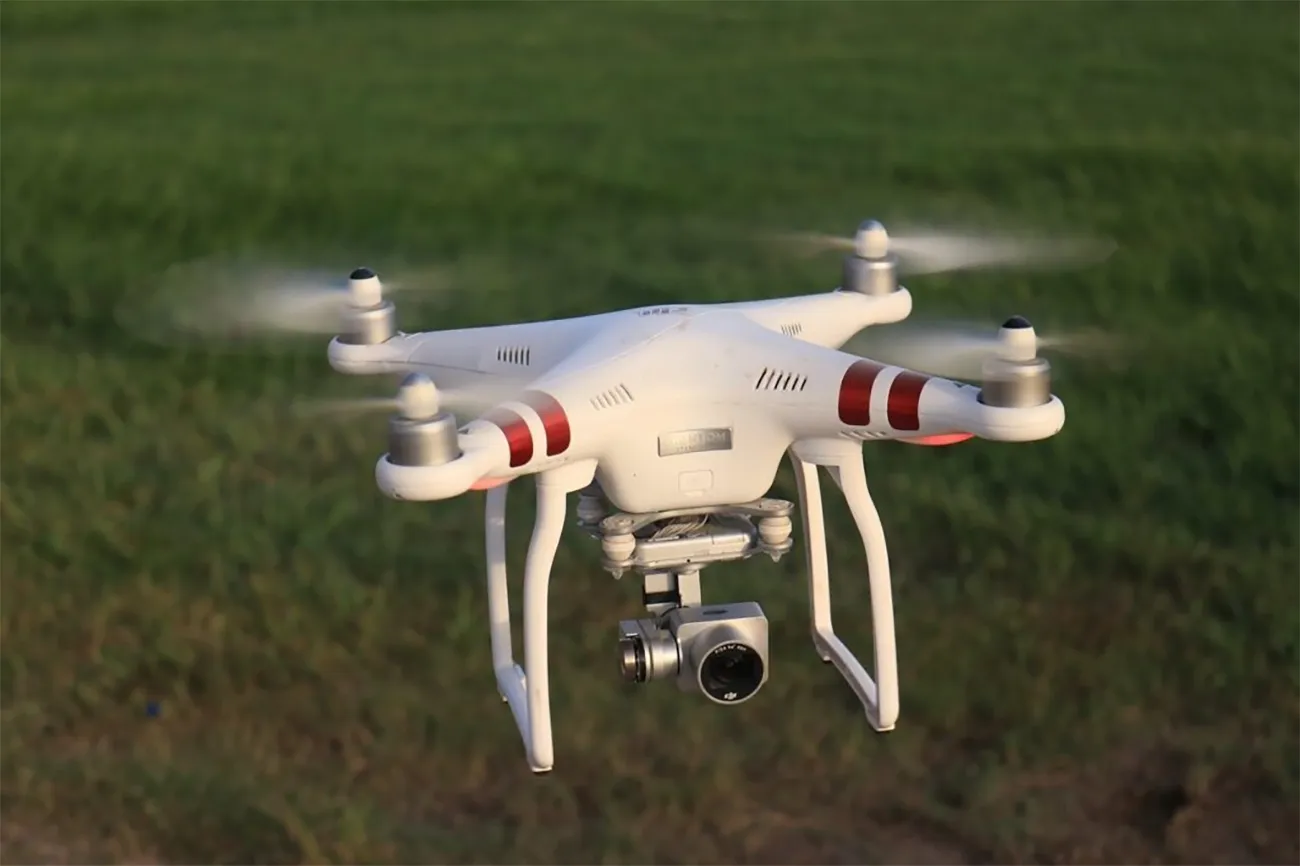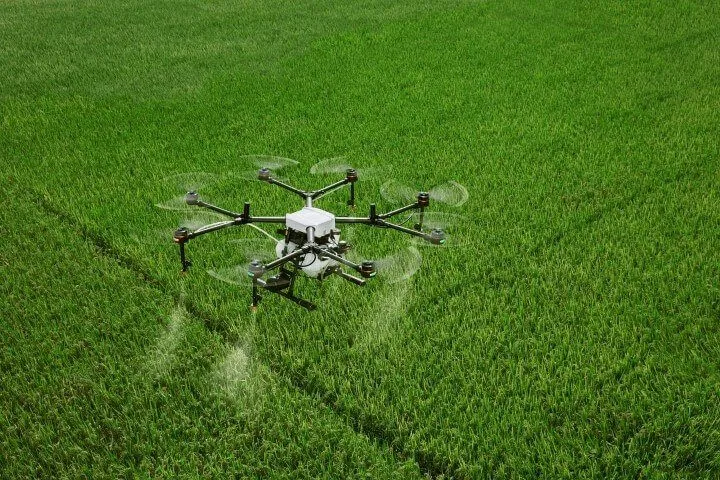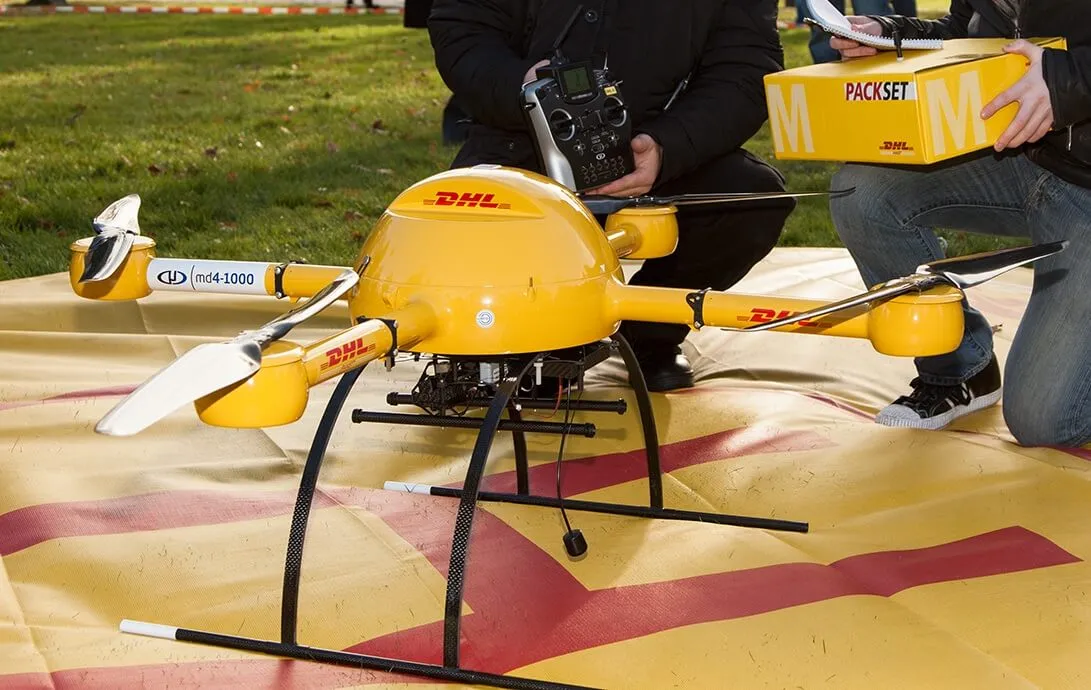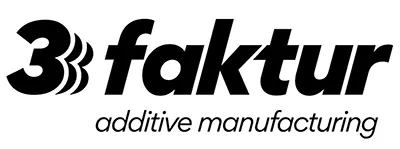
The trend around drones continues, with 3D technologies having a noticeable impact on this development. Drones are used for various purposes in both commercial and private sectors: for transporting goods, package delivery, surveillance, photography, recreational purposes, and military operations. Nowadays, a variety of components and even entire drone housings can be manufactured by 3D printers. The major advantages over traditional manufacturing methods include the lightweight nature of the components and thus the entire device, the versatile, differentiated production of intricate component shapes even in small quantities. Moreover, the cost-effective and accelerated production of construction and spare parts through additive manufacturing contributes to the compatibility between 3D printing and drone construction.
Drones in Hobby & Leisure Sector
There are various ways for private enthusiasts to acquire a drone. You can purchase ready-to-fly drones or opt for ready-made drone kits. Alternatively, you can assemble your drone from individual components following a guide. Through 3D printing, these components can also be manufactured at home. The necessary (DIY) building instructions can be found on the internet and in corresponding forums. Components suitable for 3D printing include propellers, frames, landing gear, camera and antenna mounts, protective gear, as well as housings for remote controls and batteries. Replacement parts are also essential in drone sports, as experimenting, taking photos and videos, or participating in races often result in broken components.
Sie sehen gerade einen Platzhalterinhalt von Standard. Um auf den eigentlichen Inhalt zuzugreifen, klicken Sie auf den Button unten. Bitte beachten Sie, dass dabei Daten an Drittanbieter weitergegeben werden.
Weitere InformationenA drone race; Source: YouTube/Drone Racing League
Professional Drones
Public Sector
Disaster Management & Security Authorities
Drones are used in traffic monitoring, disaster management, and emergency services. The work of security authorities is hardly conceivable without drone support. Drones are employed to locate individuals or objects, to monitor inaccessible or large areas, or to create detailed situational awareness of disasters. Drones are increasingly taking on the tasks of helicopters and can, for example, collect data for traffic organization to improve congestion and traffic management.
Research & Science
Research and science also make use of the diverse possibilities offered by drones. Equipped with various lenses, these small flying machines provide aerial images with infrared, ultrasound, magnetic field, or thermal imaging. This enables inventories of plants and animals, the detection of settlement traces in the ground, archaeological features, shoreline contours, etc.
Commercial Sector
Agriculture/Forestry
Drones are used for monitoring large areas, checking for dryness and moisture or pest infestation, as well as for planning and controlling the distribution of seeds, fertilizers, and plant protection agents.

Delivery Services/Logistics
Initial attempts by online retailers and postal service providers to transport items using drones are promising. It seems no longer a distant vision that packages, food, letters, and medications can be flown directly to the customer or a collection point by drones.

These diverse applications of drones in the professional sector pose demanding challenges for the material of the aircraft. The components, usually comprising numerous different parts, must be lightweight and flexible while fulfilling specific functions. Furthermore, the components must be cost-effective to manufacture, even in small quantities. Industrial 3D printing excels in this regard, both in metal 3D printing and in the Multi-Jet Fusion (MJF) process for durable plastics. For those who do not have access to the necessary machinery, they can rely on the expertise of experienced 3D printing service providers such as 3Faktur.
Vision for the Future: Autonomous Flying Taxis
Autonomous flying taxis are still a vision of the future, but companies like Lilium from Bavaria, Volocopter from Karlsruhe, and Boeing have already successfully completed initial flights with their flying taxis. In this futuristic realm, 3D printing plays a crucial role, particularly in product development and the manufacturing of individual components. Similar to the requirements in aerospace with its high safety standards, the parts must be lightweight and sturdy, as weight incurs costs and affects performance. 3D printing can leverage its geometric freedom, especially in the manufacture of the interior fittings of passenger cabins. Since relatively low quantities of flying taxis will be produced in the foreseeable future, additive manufacturing processes offer noticeable cost and speed advantages over “traditional” casting methods. This applies to both production speed and resulting costs.
Outlook
The geometric freedom of industrial 3D printing processes is of immense importance, particularly for lightweight construction, making flying more affordable. Some designs are only made possible through 3D printing. In the foreseeable future, relatively low quantities will be produced, and in this context, 3D printing technologies offer significant cost and speed advantages over “traditional” methods. In the hobbyist drone construction sector, 3D printing methods like FFF are also used, providing a cost-effective way to manufacture components and spare parts.

About 3Faktur: 3Faktur specializes in 3D printing, rapid prototyping, and rapid manufacturing. We utilize HP’s Multi Jet Fusion technology and offer various materials for prototyping and series production. If you have any questions about your project, feel free to contact us.
